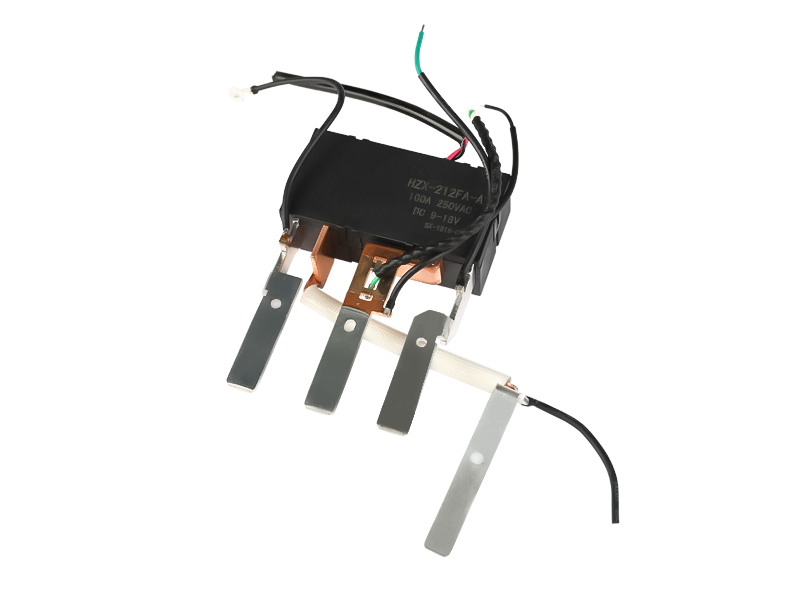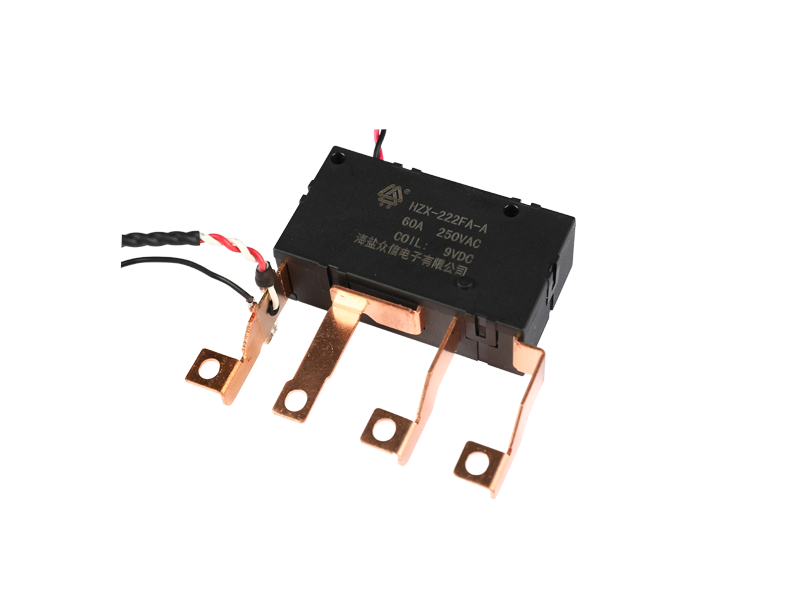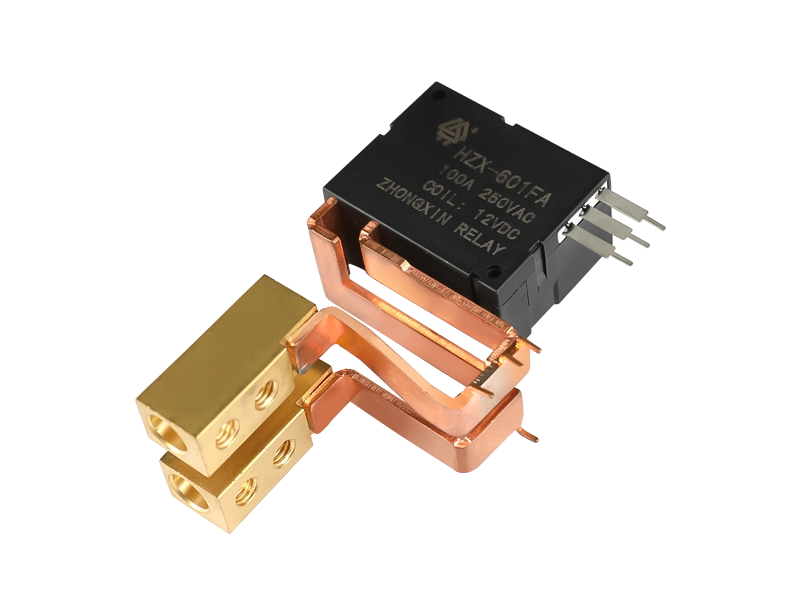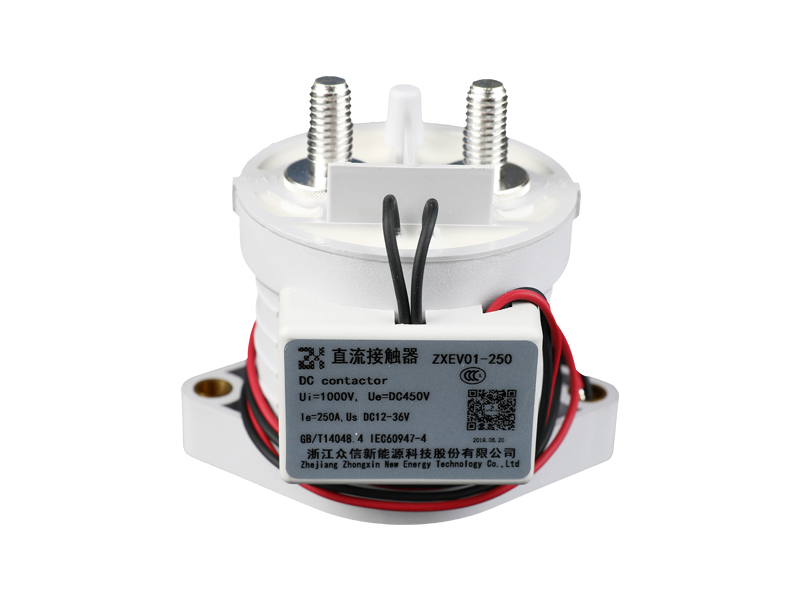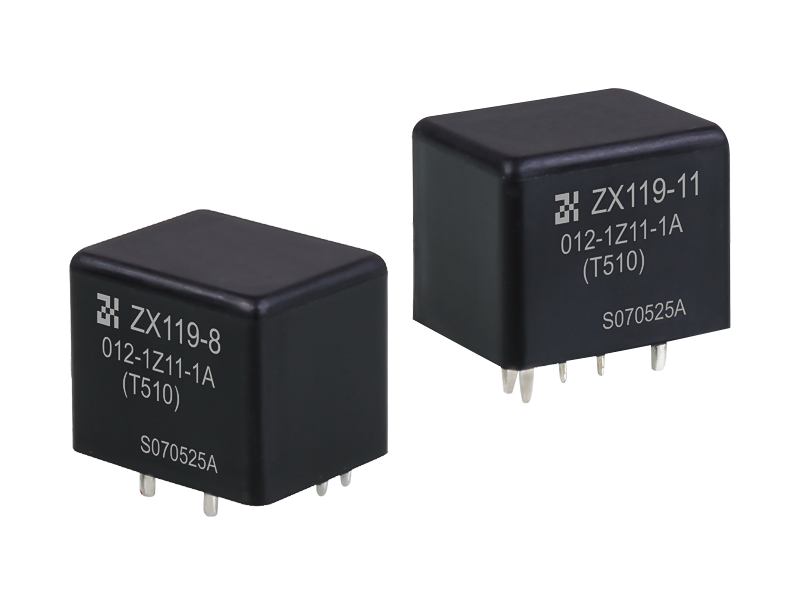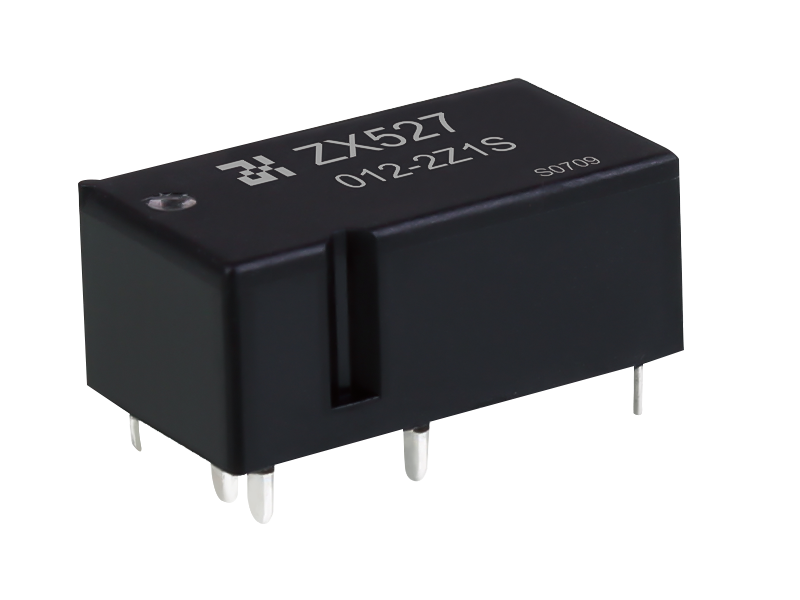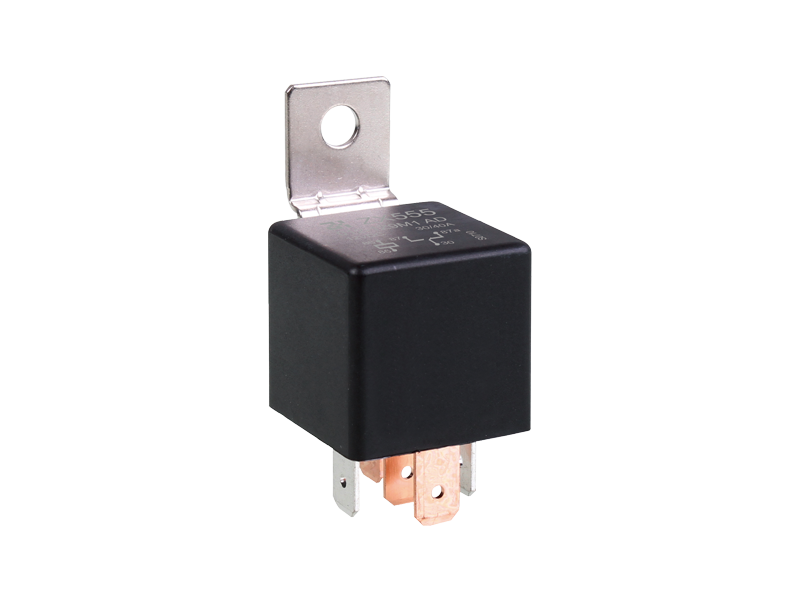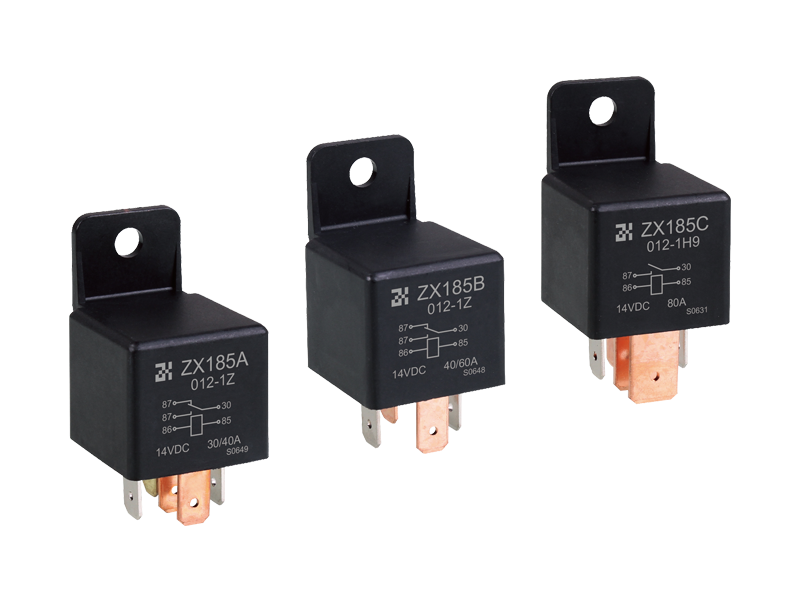A relay is an electrical control device. It is an electrical appliance that causes a predetermined step change in the controlled quantity in the electrical output circuit when the change in the input quantity (excitation quantity) reaches the specified requirement. It has an interactive relationship between the control system (aka input loop) and the controlled system (aka output loop). Usually used in automated control circuits, it is actually an "automatic switch" that uses a small current to control the operation of a large current. Therefore, it plays the role of automatic adjustment, safety protection and conversion circuit in the circuit.
This article mainly introduces the difference between DC relays and AC relays. First, let's understand the structural characteristics of DC relays and how to distinguish between AC relays and DC relays.

Structural characteristics of DC relays
Since the DC relay does not produce reactance when it is connected to DC, the coil diameter of the DC relay is relatively thin, mainly to increase the internal resistance and prevent the approximate short circuit phenomenon. Because the heat generated during operation is large, the relay is made high. Longer, mainly for good heat dissipation.
Working principle of DC relay
DC relay is composed of coil, iron core and several groups of normally open and normally closed contacts.
When the relay coil is connected to the direct current of the rated voltage, the coil generates a magnetic field, attracts the iron core to move, the normally open contact connected to the iron core closes, and at the same time, the normally closed contact opens.
When the relay coil is de-energized, the coil loses its magnetic field, the attracted iron core returns to its original position under the action of the spring, the normally open contact connected to the iron core opens, and at the same time, the normally closed contact closes.
Relay is to control the on / off of the coil to realize the contact on and off, so as to achieve the logic control of the device.
AC relay
The working principle of the AC electromagnetic relay is basically the same as that of the DC electromagnetic relay. The AC electromagnetic relay works in an AC circuit. When AC current passes through the coil, an alternating magnetic flux is generated in the iron core. Due to the traction force (electromagnetic attraction) is the magnetic flux φ The square of is proportional to the square, so when the current changes direction, the traction does not change the direction, always attracting the armature to the iron core in one direction.
However, because the alternating current produces alternating magnetic flux in the iron core, the AC electromagnetic relay has its special features in structure and characteristics.
Structure of AC relay
The coil of the AC relay is short and the wire diameter is thick, mainly because the coil has a large reactance after the AC is applied to the wire, and the thick wire diameter can reduce the internal resistance and heat generation. In addition, the electromagnetic force of the coil will be caused when the AC crosses zero Reduced, the pull-in is not strong, and vibration occurs, so a short-circuit ring is added to the part of the magnet's suction surface. When the magnetic field changes, an eddy current is formed during the short-circuit ring, which in turn forms an electromagnetic force in the opposite direction of the magnetic field change, lagging the magnetic field change, So that the electromagnet can be attracted better.
Features: (Difference from DC relay)
1. Since the current passed by the AC electromagnetic relay is a changing alternating current, the magnetic flux in its magnetic circuit also changes alternately (sinusoidal law instead of straight line law). The suction force of the armature changes between 0 and the maximum value, so the suction force of the AC electromagnetic relay is pulsating, and the change frequency is twice the AC frequency. This pulsating suction will make the armature vibrate, so it is structurally Measures should be taken to eliminate chatter and affect the life of the relay.
2. As the alternating current power source passes through the iron core, it generates alternating magnetic flux, which causes eddy current in the iron core, and the magnetic field generated by the eddy current is in the opposite direction to the original magnetic flux, causing part of the magnetic flux to be lost and lost. In order to reduce these losses, the iron core of the AC electromagnetic relay is generally stacked with silicon steel sheets to reduce magnetic losses and eddy current losses, and the iron core of the AC electromagnetic relay is stacked with silicon steel sheets.
3. In addition, the DC electromagnetic relay only has a counter-electromotive force at the moment of turning on the power or turning off the power. In a steady state, the current through the coil is only determined by the resistance, and the AC electromagnetic relay exists even under stable conditions. Back EMF, so the current of the AC relay is not determined by the resistance, but by the inductive reactance of the coil. This means that when calculating the AC relay circuit, the inductance of the coil must be considered. Anti) decision.
The difference between DC relay and AC relay
The working principle of the DC relay and the AC relay are the same based on the electromagnetic principle, but the power supply of the DC relay must be DC, and the power supply of the AC relay must be AC ??power. The DC resistance of the DC relay coil is very large, the coil current is equal to the voltage divided by the DC resistance of the coil, so the coil wire is thin and the number of turns is large.
The number of turns of the AC relay coil is relatively small, because the current limit in the AC circuit is mainly the coil inductive reactance except the coil resistance. The magnitude of the inductive reactance xl is proportional to the frequency of the AC current. The frequency of the direct current is equal to zero, so the inductance XL = 0, and the internal resistance of the coil is very small, so the coil will heat and burn. On the contrary, when the DC relay is connected to the AC power supply, the coil will not be closed due to the large internal resistance of the coil and a large inductance, so it cannot be interchanged.

